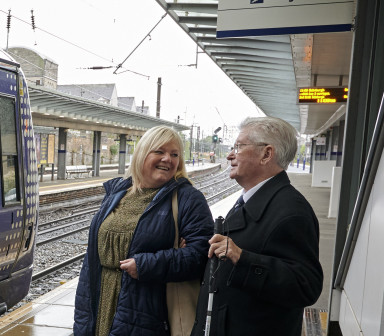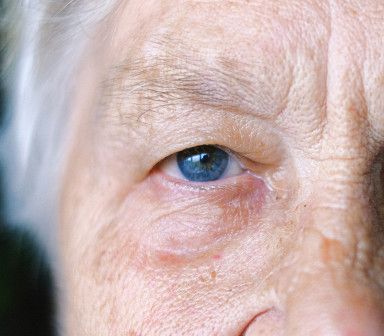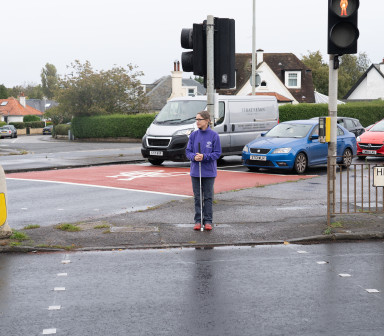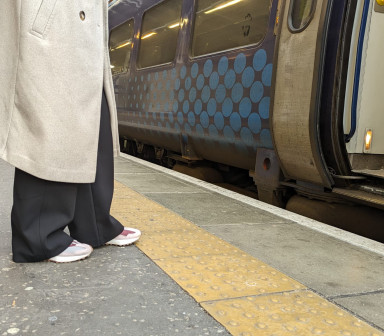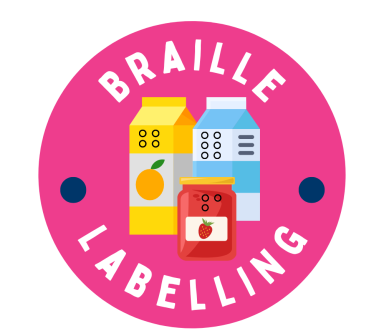Lived experience reveals the messy, unfiltered bits that connect us all on a human level.
Real-life experiences of those with sight loss and/or visual impairment give us an informed perspective from those directly affected by these conditions. This means at Sight Scotland we’re better able to influence policy and create campaigns that spark meaningful change, as well providing a platform for people to advocate for their rights.
What is Lived Experience?
Lived experience is a term that is often used and has become a bit of a buzz word. It means many different things to different people. Some concepts include:
- Nothing without us about us
- Real-life experience of sight loss and/or visual impairment
- Informed perspective from those directly affected
- Insight that professionals or data alone can’t provide
- Being an expert in your own life
- It’s not theoretical. It’s real, emotional, and practical - and it’s essential
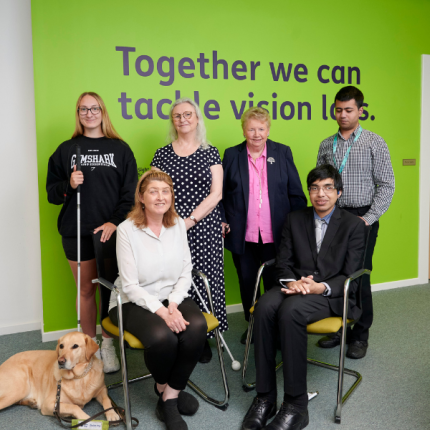
"As Helen Keller says, “The only thing worse than being blind, is having sight with no vision.”
First of all, being asked to be co-chair on the new Sight Scotland policy group was a privilege. But after two years, to see the group grow, witnessing everyone feeling their life experiences, views and ideas are listened to, actions taken in the correct manner, being actively involved in meetings and campaigns - not sighted members of staff speaking for us, but us speaking for ourselves - the sense of self-confidence and achievement this has produced is something that more charities, organisations and workplaces should implement.
We may lack sight, but we make up for it with plenty of clear vision."
Why Lived Experience Matters
Lived Experience can;
- build more effective policy and services;
- highlight gaps professionals and policy makers may miss;
- create more inclusive solutions;
- challenge stereotypes and assumptions; and
- give people agency in their own lives.
Where does this fit in?
Sight Scotland's strategy focuses on making lived experience is at the heart of what we do. For us, this is about people with visual impairment taking the lead and guide us through their ideas and solutions.
We find out what people with visual impairment are thinking, feeling and doing about the things that impact their lives. We then use this data and insight to shape campaigns, respond to government consultations, and speak directly to decision-makers. We’re all about platforming people’s voices into action - advocating for rights, accessibility, and social inclusion.
It’s how we avoid making assumptions and instead respond to real needs. This means our work is inclusive, accessible, and relevant. The success of our Fair Rail Campaign is the perfect example of where Lived Experience has created real-life improvements and a change in policy.
How can you do lived experience?
Lived Experience is always the starting point.
- Think about agenda setting – avoid seeking voices that fit pre-determined ideas
- Develop from consultation to co-design and co-production
- Inclusion is standard, not a bolt-on
- Shift control to the people we you seek to support
- Avoid tokenism
- Appreciate the value beyond storytelling
- Beware of consultation fatigue - sharing your experience/s can be isolating, exhausting, and retraumatising
- Be open about what you might learn
Our goal is a future where lived experience is respected and used everywhere - where inclusion isn’t an afterthought, and the experiences of blind and partially sighted people shape society at every level.
